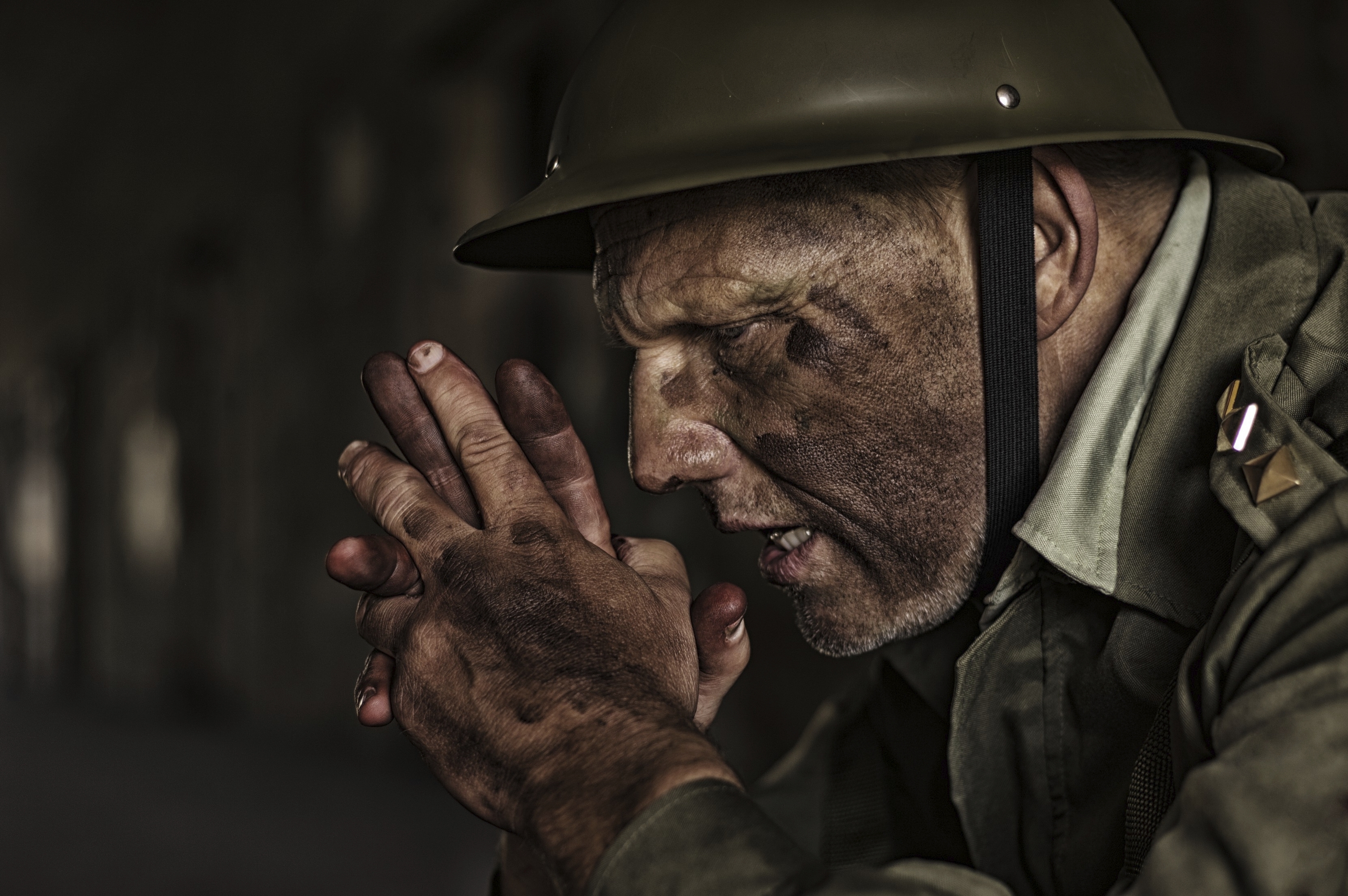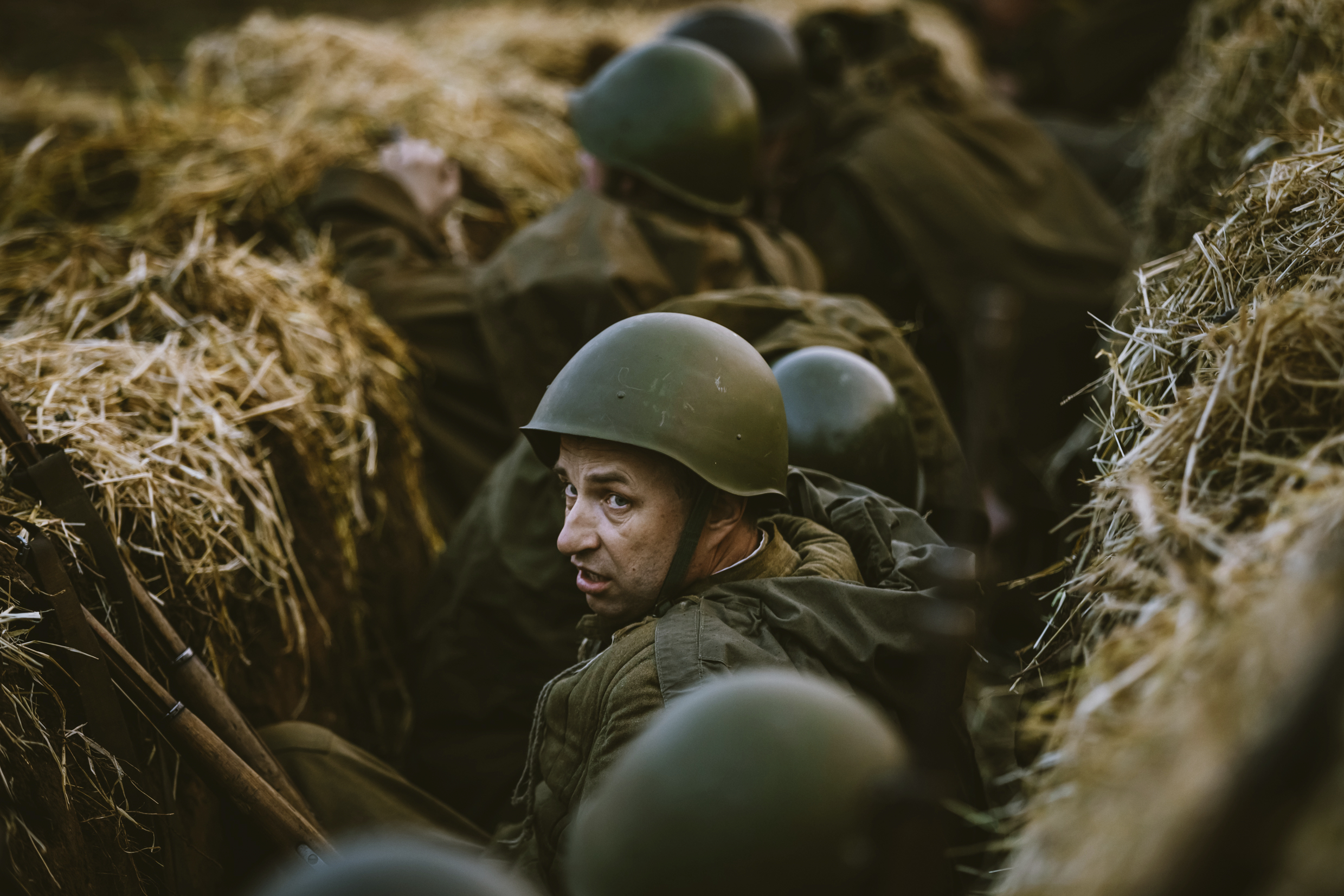
The surprising finding was made in the first major academic crowdsourcing project, which saw some 27,000 volunteers contribute to Operation War Diary research about the 1914-18 war.
A study at Goldsmiths, University of London, based on the research found that across the British army on the Western Front infantry soldiers spent a maximum of 47% of their time at the front or fighting.
And they engaged directly with the enemy on just one in five of their days abroad.
Artillery soldiers spent 62% of their time either at the front or fighting, while the cavalry spent just 20% of their time at the front or fighting.
Professor Richard Grayson, from Goldsmiths, told the Press Association: “Soldiers were away from the front just over half the time, and four out of five of the days of the war when they were overseas they didn’t come under fire, so even a lot of their time at the front is quite quiet.
“In terms of the popular perception, people imagine that soldiers spent most of their time at the front and that is just not the case.
“I’m a big fan of the BBC programme Blackadder and it does portray a lot of things accurately, but the idea that people were living in trenches all the time is just not correct.”
The project, carried out in partnership with The National Archives and the Imperial War Museum, saw war diaries posted online.
Volunteers then logged on from the comfort of their homes and contributed by entering details about the diaries such as place names and activities the soldiers carried out.
Prof Grayson said the pioneering project was a radical departure from the traditional method of a single academic ploughing through documents without help.
The collaborative approach, which some have said is similar to Wikipedia, allows large amounts of data to be produced far more quickly than traditional methods.
Prof Grayson said: “It is certainly the first crowdsourcing project. Previously it has been down to individual academic researchers ploughing through, but you just can’t generate the data in any reasonable time.
“It is not dealing with comments in the way Wikipedia does, really it is about generating data which people can analyse.
“I think this is the future of history where we need big data. Certainly archival research carried out by academics will still go on and people will plough away individually, but if you want to generate huge amounts of information on vast subjects, this is certainly a way forward.”
Volunteers wishing to take part in Operation War Diary can join the project at www.operationwardiary.org.
READ MORE
Love letters from First World War to go on display ahead of Valentine’s Day
GALLERY: Mementos of WW1 gunner reveal hell of the western front

Enjoy the convenience of having The Sunday Post delivered as a digital ePaper straight to your smartphone, tablet or computer.
Subscribe for only £5.49 a month and enjoy all the benefits of the printed paper as a digital replica.
Subscribe